How Do Tankless Water Heaters Work?
Have you ever run out of hot water in the middle of a shower? Frustrating, isn't it? With the growing popularity of tankless water heaters, this might become a problem of the past. These modern marvels heat water on demand, providing a continuous supply of hot water whenever you need it. But how exactly do tankless water heaters work, and what makes them so efficient and appealing? In this guide, we'll dive into the inner workings of tankless water heaters, explore their benefits, types, installation process, and offer some comprehensive maintenance tips. Whether you're considering an upgrade or simply curious, we've got all the information you need to make an informed decision. Let's get started!
You can contact All City Plumbers for excellent Water Heater repair or replacement services!
Read more aboutHow to Drain a Water Heater!
Types of Tankless Water Heaters
Electric Tankless Water Heaters
Electric tankless water heaters are powered by electricity and heat water as it passes through the unit using electric heating elements.
Features:
- Compact and easy to install.
- Require a significant electrical capacity.
Pros:
- Lower initial cost compared to gas models.
- No need for venting, making installation simpler.
- Suitable for point-of-use applications.
Cons:
- May struggle to supply enough hot water for larger households.
- Higher operating costs in areas with expensive electricity rates.
Gas Tankless Water Heaters
Gas tankless water heaters use either natural gas or propane to heat water via a burner.
Features:
- Typically provide higher flow rates than electric models.
- Require proper venting for exhaust gases.
Pros:
- Can supply hot water for multiple fixtures simultaneously.
- Lower operating costs in areas with affordable natural gas.
Cons:
- Higher initial cost and more complex installation.
- Requires venting and access to a gas line.
Whole-House vs. Point-of-Use Units
Whole-House Tankless Water Heaters: These units are designed to supply hot water to the entire home. They are installed centrally and can handle multiple fixtures at once.
Features:
- High capacity and flow rates.
- Central installation.
Pros:
- Consistent hot water supply for the whole house.
- Suitable for large households.
Cons:
- Higher cost and more complex installation.
- May require upgrades to electrical or gas systems.
Point-of-Use Tankless Water Heaters: These smaller units are installed near specific fixtures, such as sinks or showers, and provide hot water directly to those points.
Features:
- Compact and designed for individual fixtures.
- Easier installation near the point of use.
Pros:
- Quick delivery of hot water to the fixture.
- Lower installation cost and minimal infrastructure changes.
Cons:
- Limited to supplying hot water to one or two fixtures.
- May need multiple units for larger homes.
By understanding the different types of tankless water heaters, you can choose the one that best fits your home’s needs and ensure you enjoy the benefits of endless hot water, energy efficiency, and space savings.
Benefits of Tankless Water Heaters
Energy Efficiency
Tankless water heaters are renowned for their energy efficiency. Unlike traditional water heaters that continuously heat water stored in a tank, tankless models heat water only when you need it. This on-demand heating process reduces energy waste and can significantly lower your utility bills. According to the U.S. Department of Energy, tankless water heaters can be 24-34% more energy-efficient for homes that use 41 gallons or less of hot water daily.
Unlimited Hot Water
One of the most attractive features of tankless water heaters is their ability to provide an endless supply of hot water. Since they heat water as it passes through the unit, you won’t run out of hot water, no matter how long your shower is or how many appliances are running simultaneously. This is a major advantage for larger households or homes with high hot water demands.
Space Saving
Tankless water heaters are compact and take up much less space than traditional tank water heaters. They can be installed on walls or in small spaces, making them an excellent choice for homes with limited space. This frees up valuable floor space in your utility room or basement, allowing for more storage or other uses.
Long-Term Savings
While the initial cost of a tankless water heater can be higher than that of a traditional tank model, the long-term savings make it a worthwhile investment. The energy efficiency of tankless water heaters results in lower operating costs over time. Additionally, they have a longer lifespan, typically lasting up to 20 years or more with proper maintenance, compared to 10-15 years for traditional tank heaters. This means fewer replacements and more savings in the long run.
Reduced Risk of Water Damage
Traditional tank water heaters are prone to leaks and ruptures, which can cause significant water damage to your home. Tankless water heaters eliminate this risk since they don’t store water. The absence of a large tank means there’s no risk of a catastrophic leak, reducing the potential for water damage and associated repair costs.
Environmental Benefits
By using less energy and producing fewer greenhouse gas emissions, tankless water heaters are a more environmentally friendly option. Their efficiency and reduced energy consumption contribute to a smaller carbon footprint, helping you to be more eco-conscious in your home.
Choosing a tankless water heater offers numerous benefits, from energy efficiency and unlimited hot water to space savings and environmental advantages. These features make tankless water heaters a smart, modern choice for homeowners looking to upgrade their hot water systems.
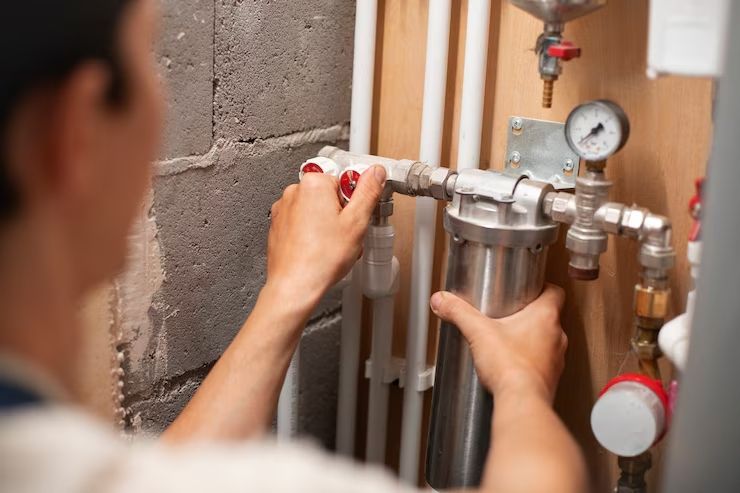
Installation of Tankless Water Heaters
Professional Installation
Installing a tankless water heater is a complex task that typically requires professional expertise. Proper installation is crucial for the unit’s efficiency and longevity. A licensed plumber or HVAC technician will ensure that the water heater is correctly installed, avoiding potential issues such as improper venting or inadequate gas line sizing.
Location Considerations
Choosing the right location for your tankless water heater is important. The unit should be installed in a place where it can service your home efficiently while remaining accessible for maintenance. Common installation locations include basements, utility rooms, or on exterior walls. For point-of-use models, installation near the fixture is ideal to minimize water delivery time.
Ventilation Requirements
Gas-powered tankless water heaters require proper ventilation to safely expel exhaust gases. This typically involves installing vent pipes that lead outside your home. There are two main types of venting: direct vent (using two pipes for intake and exhaust) and power vent (using one pipe for exhaust and drawing combustion air from inside the home). Ensuring correct venting is essential for safety and efficiency.
Cost Factors
The cost of installing a tankless water heater can vary based on several factors, including the type of unit, complexity of installation, and any necessary upgrades to your home’s electrical or gas systems. While tankless water heaters have higher upfront costs compared to traditional tank models, the long-term savings on energy bills can offset these initial expenses.
Maintenance Tips for Tankless Water Heaters
Regular Descaling
Tankless water heaters, especially those in areas with hard water, can accumulate mineral buildup over time. Descaling the unit regularly is essential to maintain efficiency and prevent damage. Manufacturers typically recommend descaling every 6-12 months. This involves using a descaling solution to flush out mineral deposits from the heat exchanger.
Annual Servicing
Scheduling annual servicing with a professional technician helps ensure that your tankless water heater operates efficiently and safely. During the service, the technician will inspect and clean the unit, check for any issues, and perform necessary maintenance tasks.
Filter Cleaning
Tankless water heaters often come with an inlet screen filter to trap debris and sediment from entering the system. Regularly cleaning or replacing this filter is important to maintain water flow and prevent blockages. Check the manufacturer’s instructions for guidance on how often to clean or replace the filter.
Monitoring Performance
Keep an eye on your tankless water heater’s performance by monitoring water temperature, flow rates, and any error codes displayed on the unit. If you notice any irregularities, such as fluctuating water temperatures or reduced water pressure, it may indicate a need for maintenance or repair. Addressing issues promptly can prevent more significant problems down the line.
By following these maintenance tips, you can ensure that your tankless water heater operates efficiently and reliably, providing you with endless hot water and energy savings for many years to come. Regular maintenance not only extends the lifespan of the unit but also helps you avoid unexpected breakdowns and costly repairs.
Conclusion
Switching to a tankless water heater offers numerous benefits, including energy efficiency, unlimited hot water, and space savings. Understanding the installation process and following regular maintenance practices can ensure your tankless water heater operates efficiently and lasts for many years. By investing in a tankless water heater and taking proper care of it, you can enjoy a continuous supply of hot water while reducing your energy bills and environmental impact. If you're considering making the switch, consult with a professional to determine the best model and installation plan for your home
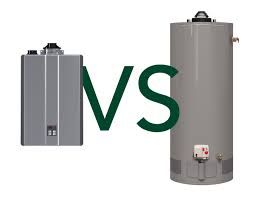
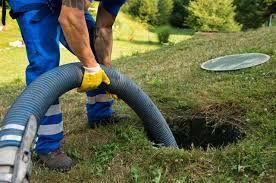
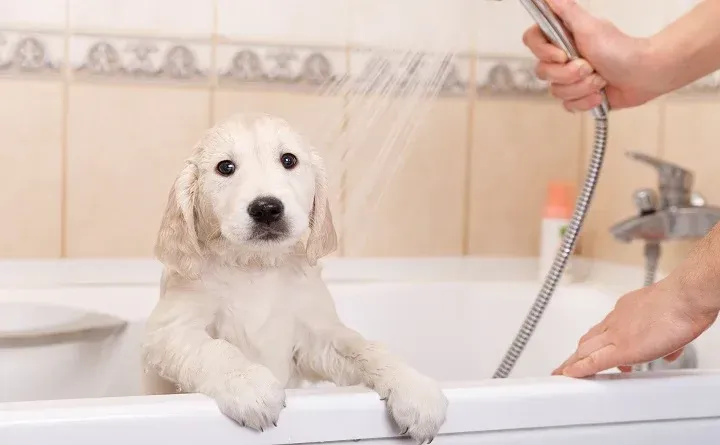
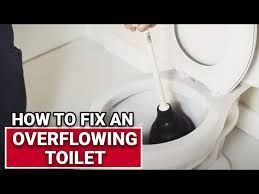
CONTACT INFORMATION
Office:
855-266-7682
Email:
service@AllCityPlumbers.com
Address: 6694 Oak Ridge Commerce Way, Austell, GA 30168
Business Hours:
Mon - Sun 24 Hours
OUR SERVICES
© 2022 All Rights Reserved|All City Plumbers Privacy Policy | Terms & Conditions | Sitemap

